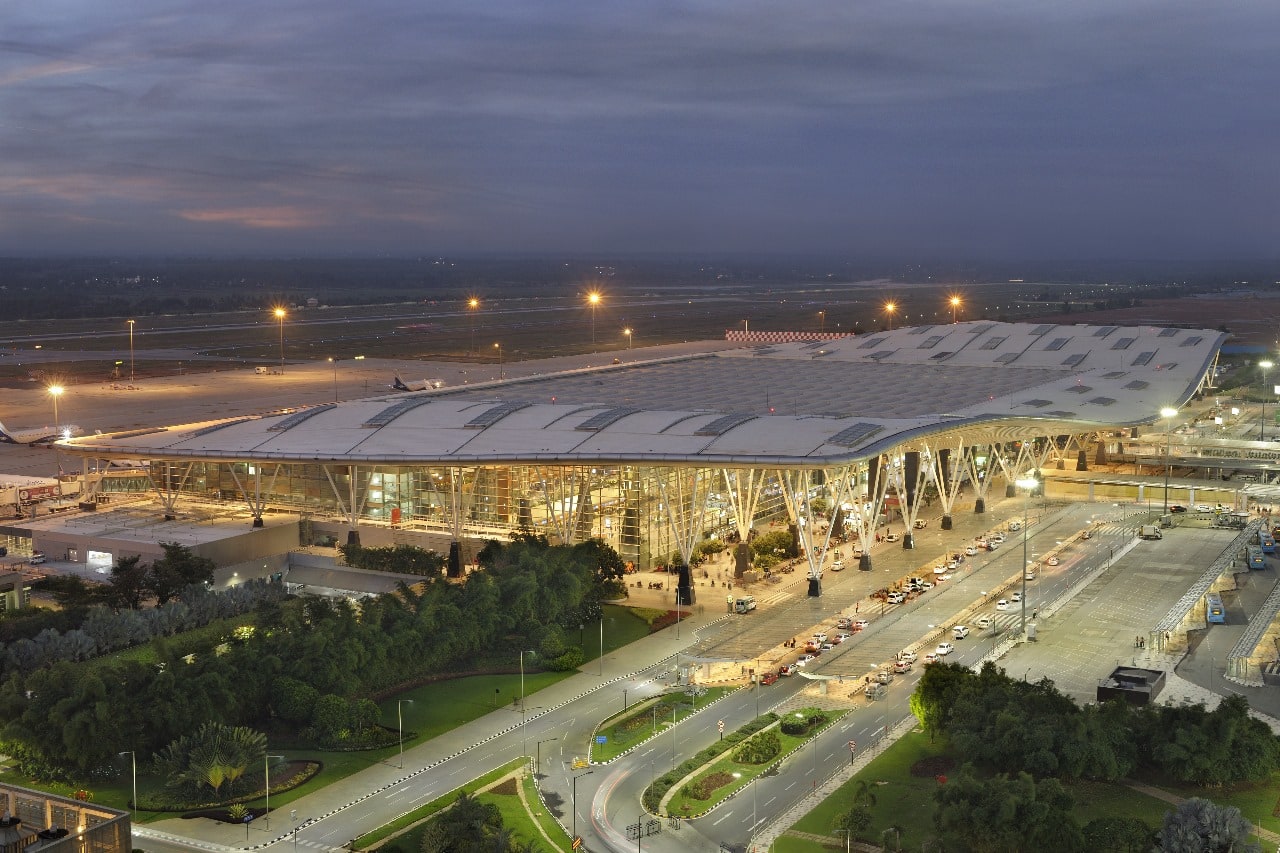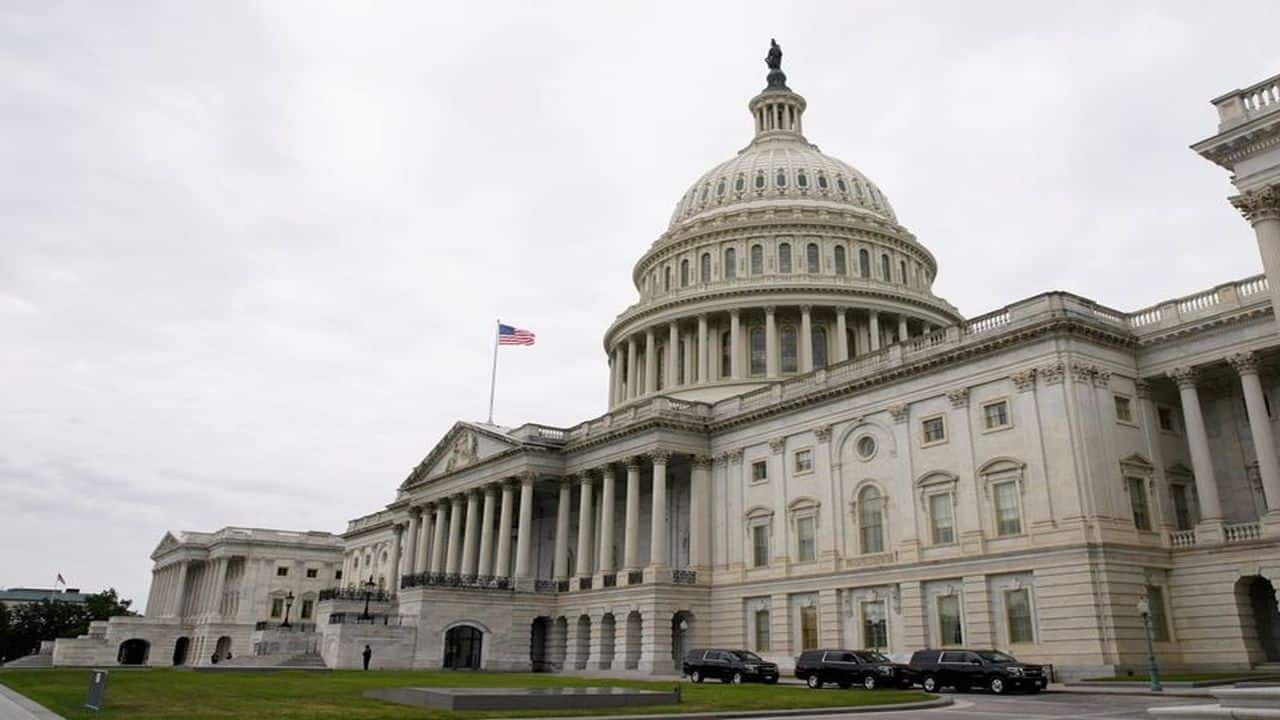NEW YORK: President Donald Trump’s tariff policy triggered a brief, dramatic and instructive retail scandal on Tuesday (Apr 29). Quite aside from the economic case against imposing a tax on imports, which is as strong as it is universal, the incident shows the practical difficulties of tariffs. After a report that Amazon would display the cost of tariffs on their products, White House Press Secretary Karoline Leavitt said doing so would be a “hostile and political action”.
Less than an hour later, Amazon issued a statement that though one of its teams discussed " the idea of listing import charges on certain products ", it was "never a consideration for the main Amazon site". A company spokesman later clarified that the idea "was never approved and is not going to happen". That’s too bad.

The idea is a good one that is catching on with other retailers. And Amazon itself already lists state sales taxes separately at checkout. So why not include a tariff, which is just another form of taxation? It’s hardly surprising that the Trump administration would prefer that consumers not know how much tariffs are costing them; the president has long insisted that the cost will be borne by foreign countries.
But historically tariffs are at least partially paid by consumers. And taxes have long been listed separately in America (unlike in Europe, where the value-added tax is automatically added to the sticker price). Listing a tariff tax alongside a sales tax would be more consistent with how pricing usually works and is better for consumers.
DO CUSTOMERS WANT TO BE MORE OR LESS INFORMED? I am a fan of pricing transparency, even though most people hate it. Europeans who shop in the US often complain that the price they end up paying at the register is higher, due to taxes, than the one they see on the tag. Americans don’t like seeing extra charges, either, which is one reason former President Joe Biden tried to end the practice by eliminating so-called junk fees for things like concert tickets and hotel rooms.
One of the main arguments against this practice is that it makes customers feel like they are being cheated. No one likes having to pay a baggage fee to an airline, for example. But the deeper argument is that these “fees” are an illusion: Without them, people would still pay the extra US$30 or US$50, it would just be in the cost of the ticket.
Airline customers would still be annoyed at the higher price, but they would be less informed. The problem is not the fees – it’s that, too often, they are a surprise. Ideally all fees and taxes would be listed upfront, before a customer agrees to a purchase.
This is exactly what Amazon would have done. Listing a separate tariff fee would not only be more fair, but also more transparent. TOO MANY PEOPLE ASSUME SOMEONE ELSE PAYS As an economist, I also cheer another benefit: A separate line item may help people become more aware of tax incidence – that is, who ends up paying a tax.
Too many people assume someone else will pay any proposed taxes, and politicians love to indulge this fantasy to escape accountability. While they’re at it, maybe retailers can include the cost of corporate taxes, too. If anything, the Trump administration should encourage a tariff fee – because it may drive consumers to buy goods made entirely in America, which are not subject to the tax.
And isn’t that one of the stated goals of the president’s tariff policy?.
Business

Commentary: Amazon should list the cost of tariffs as part of the price

The retailer should have stuck with a proposal to display how import taxes affect the prices of its products, says Allison Schrager for Bloomberg Opinion.















